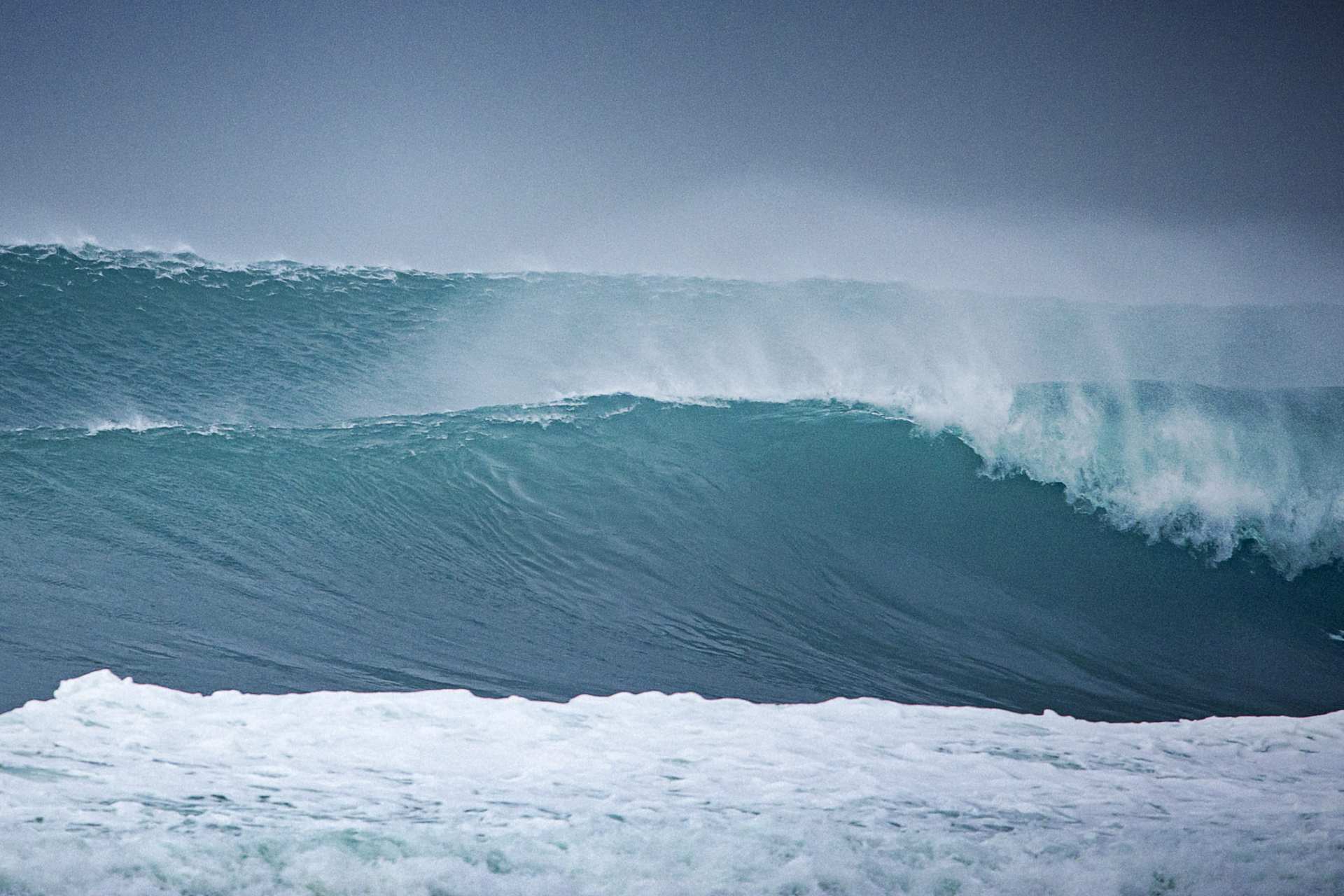It all started with Hunga Tonga-Hunga Haʻapai.
This underwater volcano in the Pacific nation of Tonga erupted violently in Jan. 2022, setting in motion unusual tsunami effects. As a result, tsunami researchers studied the energy released from the eruption and its effects on the ocean and atmosphere. They worked to improve models and give communities better warning for future events.
Results from the studies, led by scientists at the Okinawa Institute of Science and Technology (OIST) in Japan, appeared in the Journal of Fluid Mechanics earlier this year.
The report described their new model, which can provide real-time, improved accuracy predictions about tsunamis, according to an OIST news release.
The events triggered in Tonga were no ordinary tsunamis. And even though Tongans had prepared responses, these tsunami effects took people by surprise.
In a classic tsunami, the U.S. Geological Survey (USGS) explained, there is a huge displacement of water due to rapid movement of the seabed brought on by earthquake or volcano.
In Tonga, the volcano also unleashed a dramatic "pressure wave" in the atmosphere that sent a first ripple of ocean water radiating outward much faster than the main tsunami.
Atmospheric wave response to Tonga eruption, from 4 UTC to 10:50 UTC. Slightly smoothed 10-minute change in GOES-17 band 13 (IR). Looks like some modest filtering would pull out a really clear signal. pic.twitter.com/CHZY7iv4HH
— Dr. Mathew Barlow (@MathewABarlow) January 16, 2022
The USGS compared average tsunami speeds to a commercial airplane's, but the atmospheric shockwaves sent out from Tonga were nearer the speed of sound reached by supersonic jets.
This meant that, for example, the first atmosphere-driven waves arrived in Japan about two hours earlier than predicted. Also, these atmosphere-influenced waves were reported around the world, even in seas that would normally have been blocked from the tsunami by landmasses.
The new research focused on these unfashionably early waves and the interactions of sea and atmosphere.
TCD Picks » Upway Spotlight

"It's important to know how the atmospheric wave changes in time to make accurate predictions that would be of use for warning systems," said Stephen Winn, a study co-author, for the news release.
In addition to helping for tsunami preparation, the new model — developed using advanced coding and a supercomputer — could help address surges caused by hurricanes and tropical storms. These weather effects are intensifying as the planet warms.
"With our model, we can explore what might happen to the water flow as it approaches the coast," Emile Touber, the team's lead researcher, said in the news release. "This can help [people] decide on the kind of coastal defense systems that should be put in place for storm related surges."
Join our free newsletter for weekly updates on the coolest innovations improving our lives and saving our planet.














